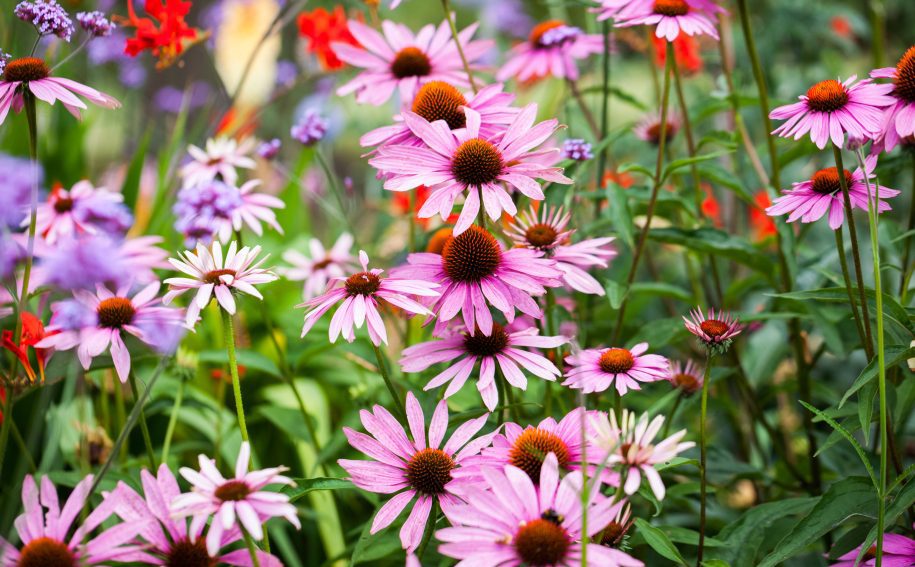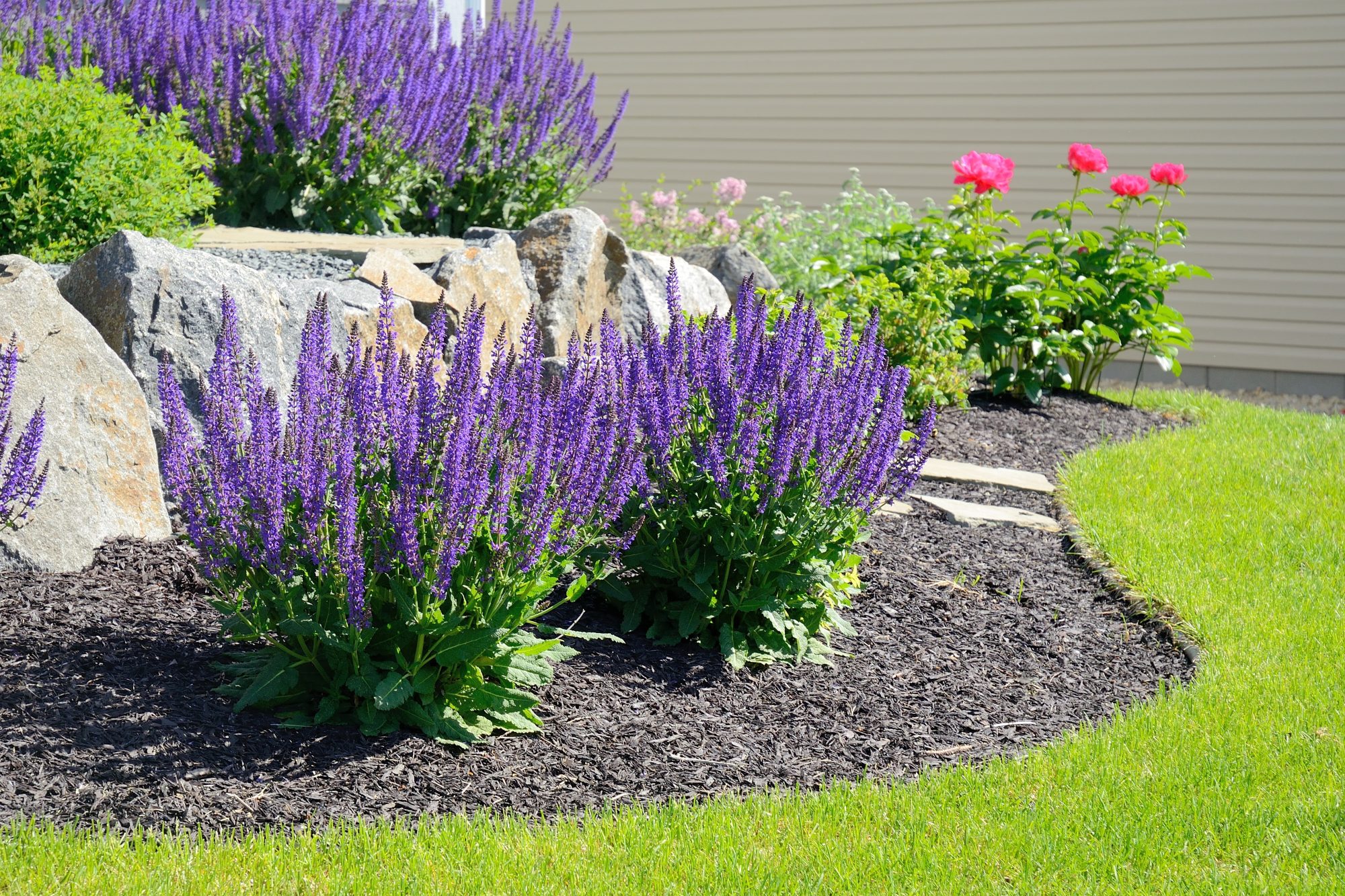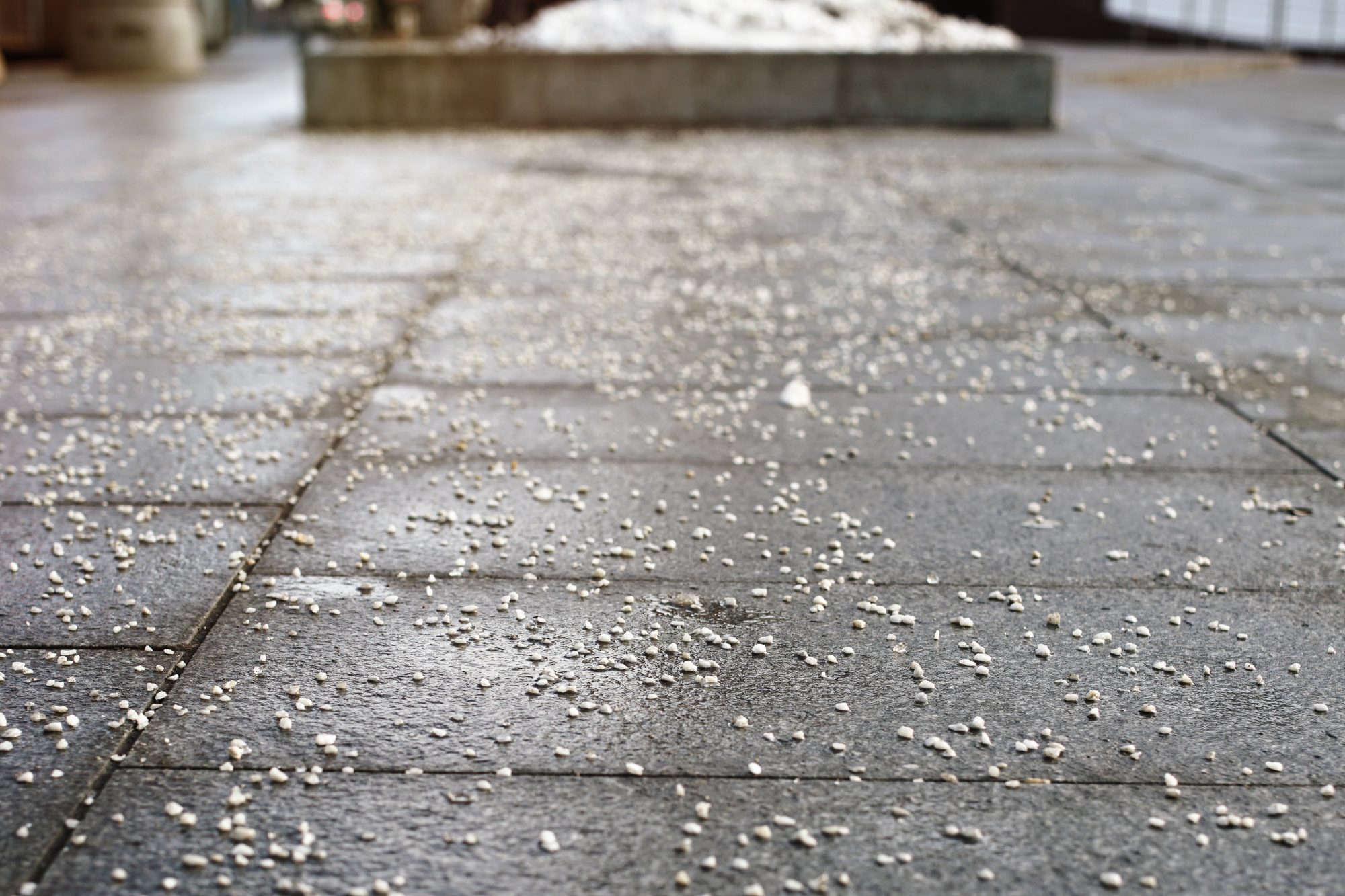Plants 101: How and Why Do They Get Their Color?

Are you looking for ways to brighten up your landscaping design? Shelton Landscape Group offers a look into the vibrant world of plant colors. Plants are not just the backbone of our planet’s ecosystem, providing oxygen, food, and even medicine; they also add a touch of beauty and serenity to our lives, making them an excellent choice for any landscape. If you’ve ever wondered why plants come in such a variety of colors, learn about the science behind plant pigmentation below, and contact our landscapers to discuss your design ideas.
The Power of Pigments
Plant coloration is linked to pigments – natural substances produced by cells. There are three primary types of pigments in plants: chlorophylls, carotenoids, and anthocyanins. Each pigment absorbs light at different wavelengths, creating the beautiful spectrum of plant colors we see in our landscapes.
Chlorophyll: The Green Machine
Chlorophyll, the most common pigment, is responsible for the lush green hues of plants. It absorbs light most efficiently in the blue and red parts of the spectrum, reflecting green light. But chlorophyll doesn’t just create color; it plays a pivotal role in photosynthesis, enabling plants to convert sunlight into energy. The landscapes we create feature vibrant plants that instantly make a space more comfortable.
Carotenoids and Anthocyanins: Painting Nature’s Canvas
Carotenoids, which produce the yellows, oranges, and reds we admire in marigolds and poppies, absorb light in the blue-green range, reflecting warmer hues. Anthocyanins, found in species like blueberries and irises, reflect blue and purple light, adding depth and richness to our gardens.
Environmental Factors: Nature’s Master Artists
Environmental factors like temperature, light exposure, and pH levels also influence plant coloration. These elements can alter the concentrations of pigments in a plant, subtly changing its color over time, leading to a dynamic, ever-changing landscape.
The Evolutionary Role of Plant Colors
Plant coloration has significant evolutionary benefits. Certain colors and patterns can attract pollinators, ensuring plant reproduction. The bright red color of poppies, for instance, is a magnet for pollinators. In contrast, the intricate patterns of an iris can deter predators, protecting the plant from harm.
Using Plant Pigmentation Knowledge in Your Landscaping
Understanding plant pigmentation can revolutionize your approach to planning your garden or landscape. Knowing how different wavelengths of light influence plant colors can guide you in selecting the right plants for different areas. Want a pop of warm hues? Opt for plants rich in carotenoids. Looking for a cool, calming corner? Anthocyanin-rich plants are your best bet.
Bring More Color to Your World with Shelton Landscape Group
Plant coloration is more than just visual appeal; it’s a complex blend of science and nature, with each hue serving a purpose. By understanding these principles, you can create a garden that is not only visually stunning but also rich in biodiversity and balance. At Shelton Landscape Group, we’re committed to helping you bring your vision to life with expert advice, personalized service, and innovative solutions. Contact us today, and let’s paint your world with the beautiful colors of nature.
Similar Posts
23Jun
When it comes to commercial landscaping, the spotlight often shines on lush green lawns, intricate flower beds, and striking hardscape designs. However, beneath this beauty lies an essential and often…
02Apr
The first signs of spring in Indiana are always exciting. After months of gray skies and frigid temperatures, the snow begins to melt, and the sun starts shining a little…
24Feb
Winter can be a challenging time for business owners. Icy sidewalks, slippery parking lots, and treacherous walkways are more than just inconveniences—they're safety hazards that can impact customers, employees, and…







